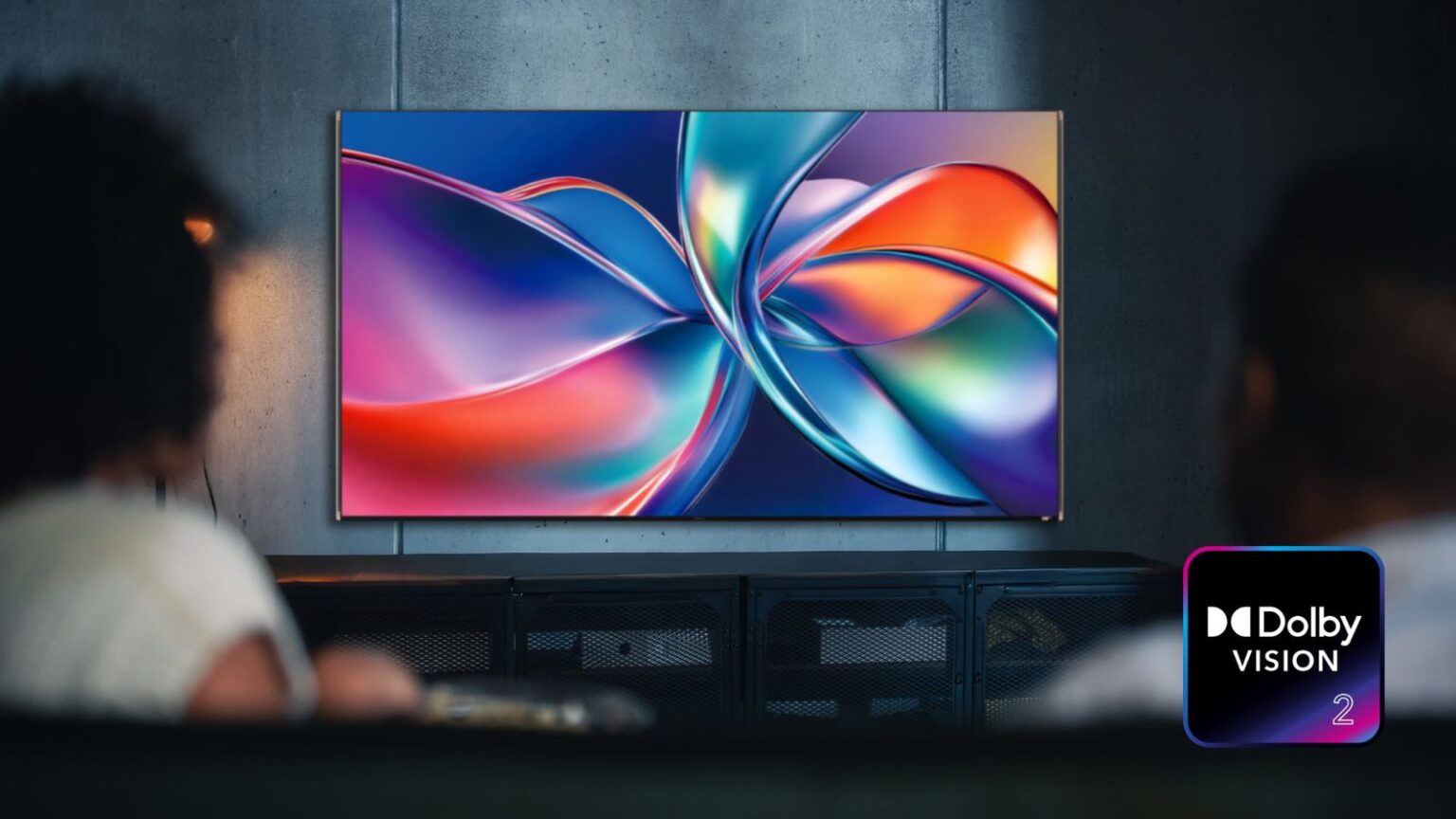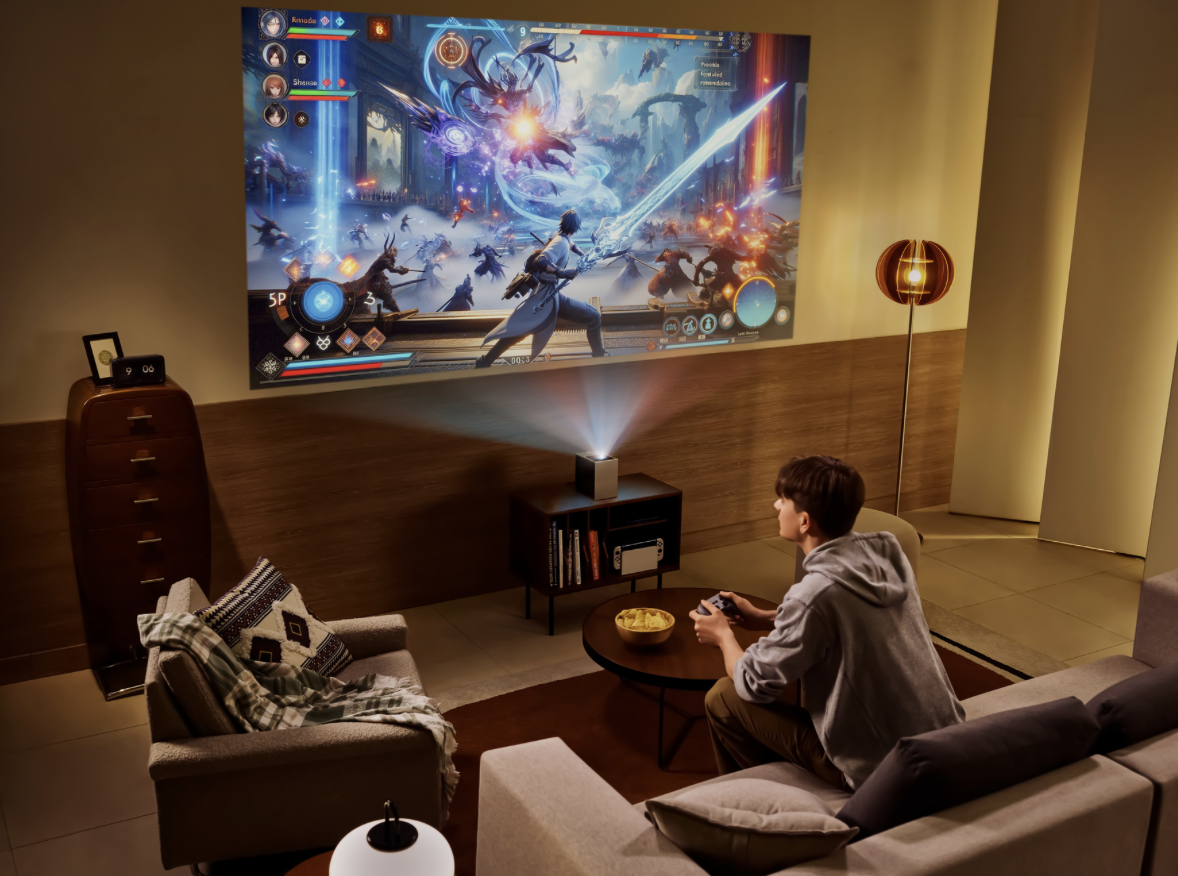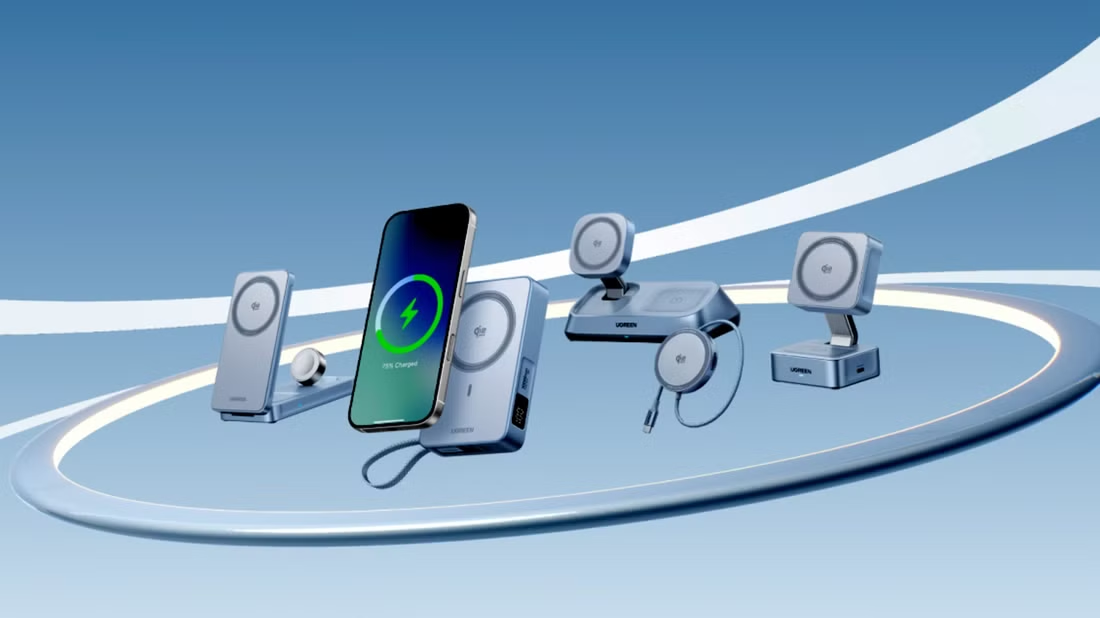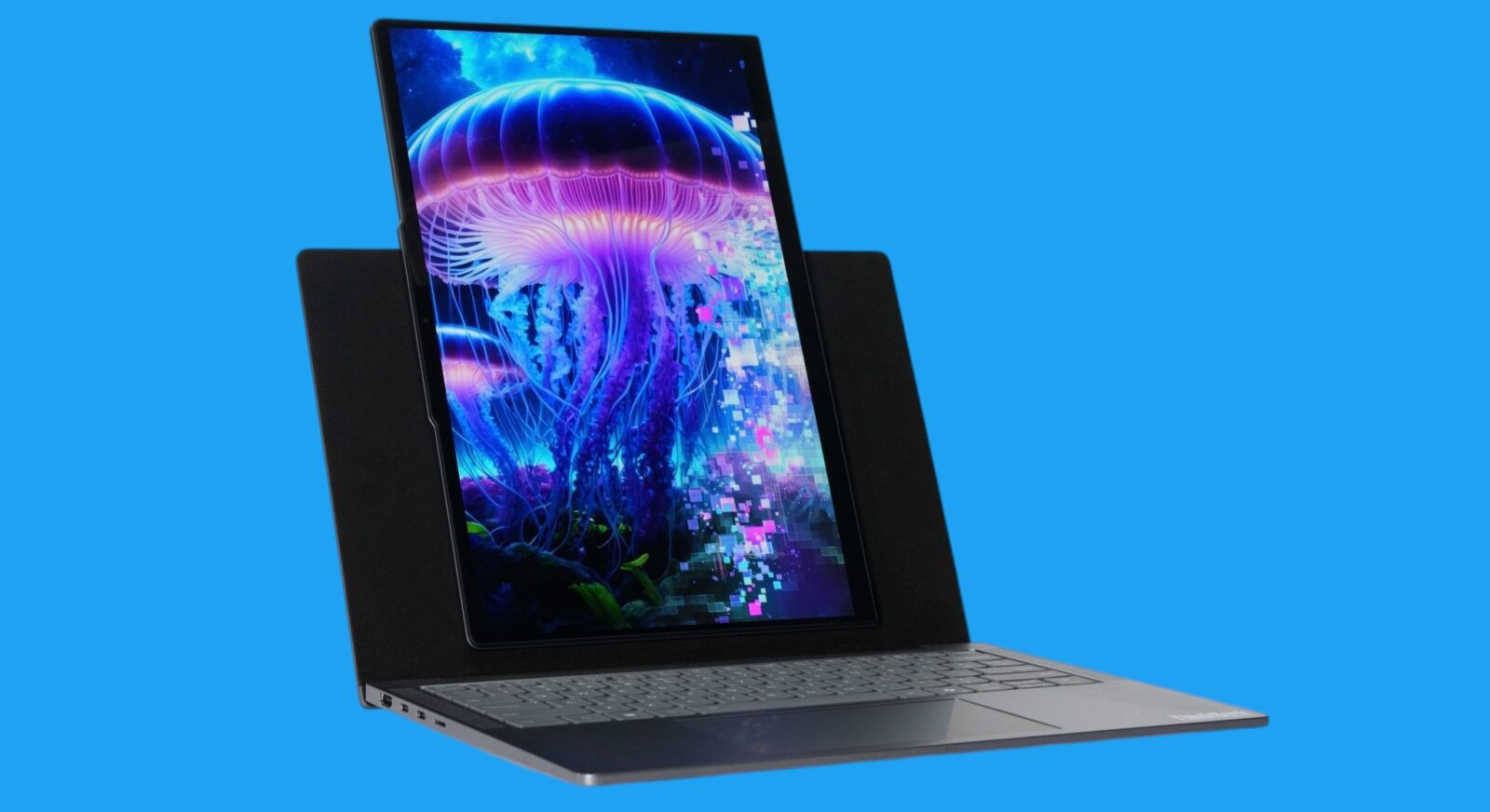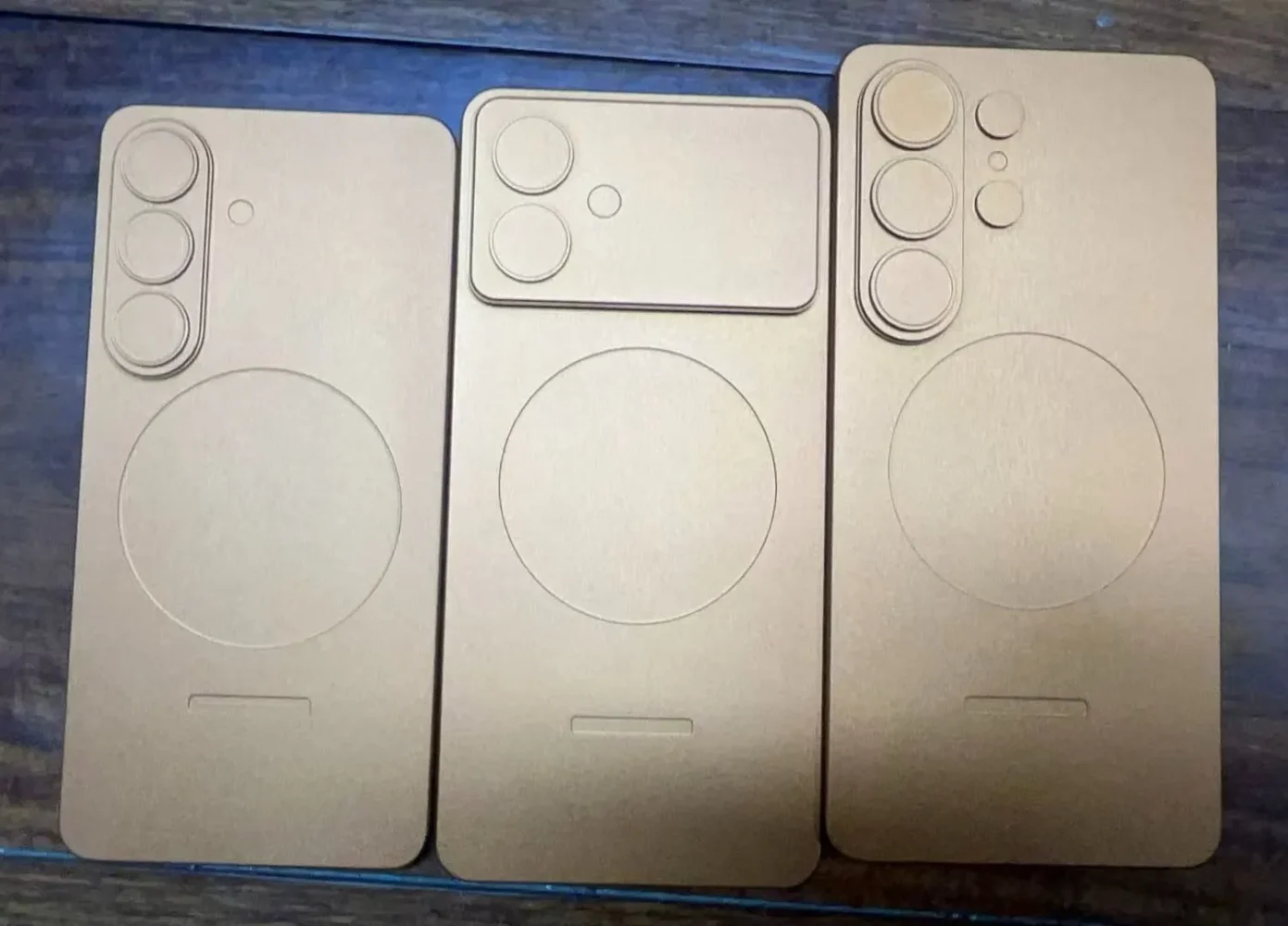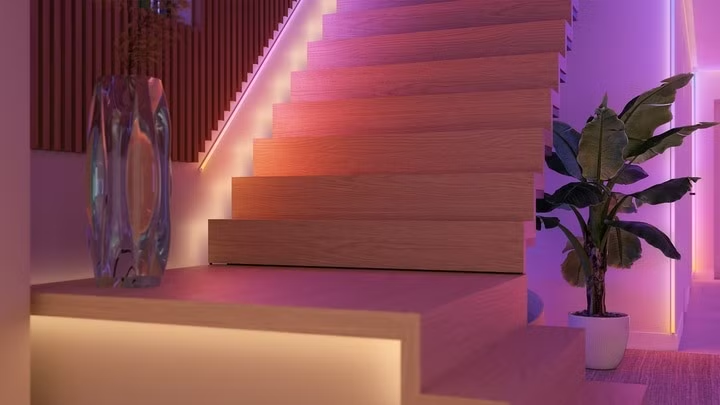Dolby has announced Dolby Vision 2, the next-generation update to its popular HDR format, aimed at fixing one of the most common complaints about HDR content: that it often looks too dark. The new system introduces a re-engineered image engine and smarter tools for adapting visuals to the content on-screen and the room it’s viewed in, promising brighter, clearer, and more lifelike playback without undermining artistic intent.
At the heart of the update is Content Intelligence, a suite of enhancements designed to adjust picture quality dynamically. Features include Precision Black, which reduces murkiness in dark scenes for better clarity in any environment, and Light Sense, which uses ambient light detection and reference data from the content itself to fine-tune brightness. Dolby says this ensures an “ideal viewing experience” whether you’re watching in a dim home theater or a sunlit living room.
Dolby Vision 2 also introduces Sports and Gaming Optimization, which applies white point adjustments and refined motion controls to keep up with the demands of live sports broadcasts and high-frame-rate gaming. New tone-mapping algorithms have been designed to leverage improvements in modern display hardware, including higher brightness and more saturated colors. For filmmakers and purists, Authentic Motion provides a creative tool for smoothing out judder without introducing the artificial look often criticized in motion-smoothing modes.
Dolby Vision 2 will be available in two tiers. The standard version targets mainstream TVs with noticeable quality upgrades, while Dolby Vision 2 Max is tuned for high-end displays capable of pushing the format’s full potential. Hisense will be the first manufacturer to ship TVs with Dolby Vision 2, with other brands expected to follow.
Given that Apple TV hardware already supports Dolby Vision, it’s likely that future Apple TV models will add Dolby Vision 2 support as well. If so, that could make the format a major selling point for upcoming TVs and streaming devices, especially for users frustrated with current HDR implementations that can look overly dim.

